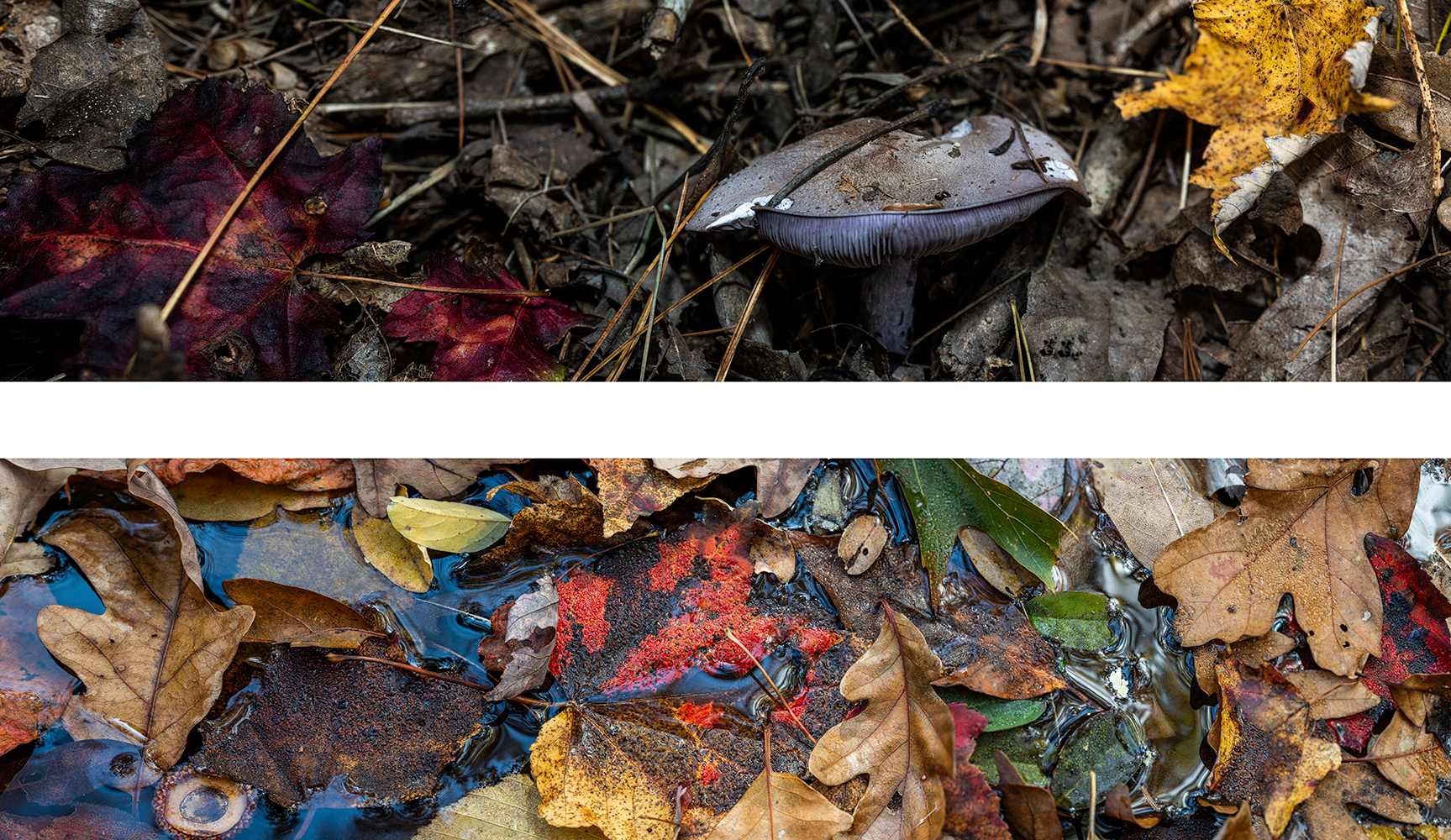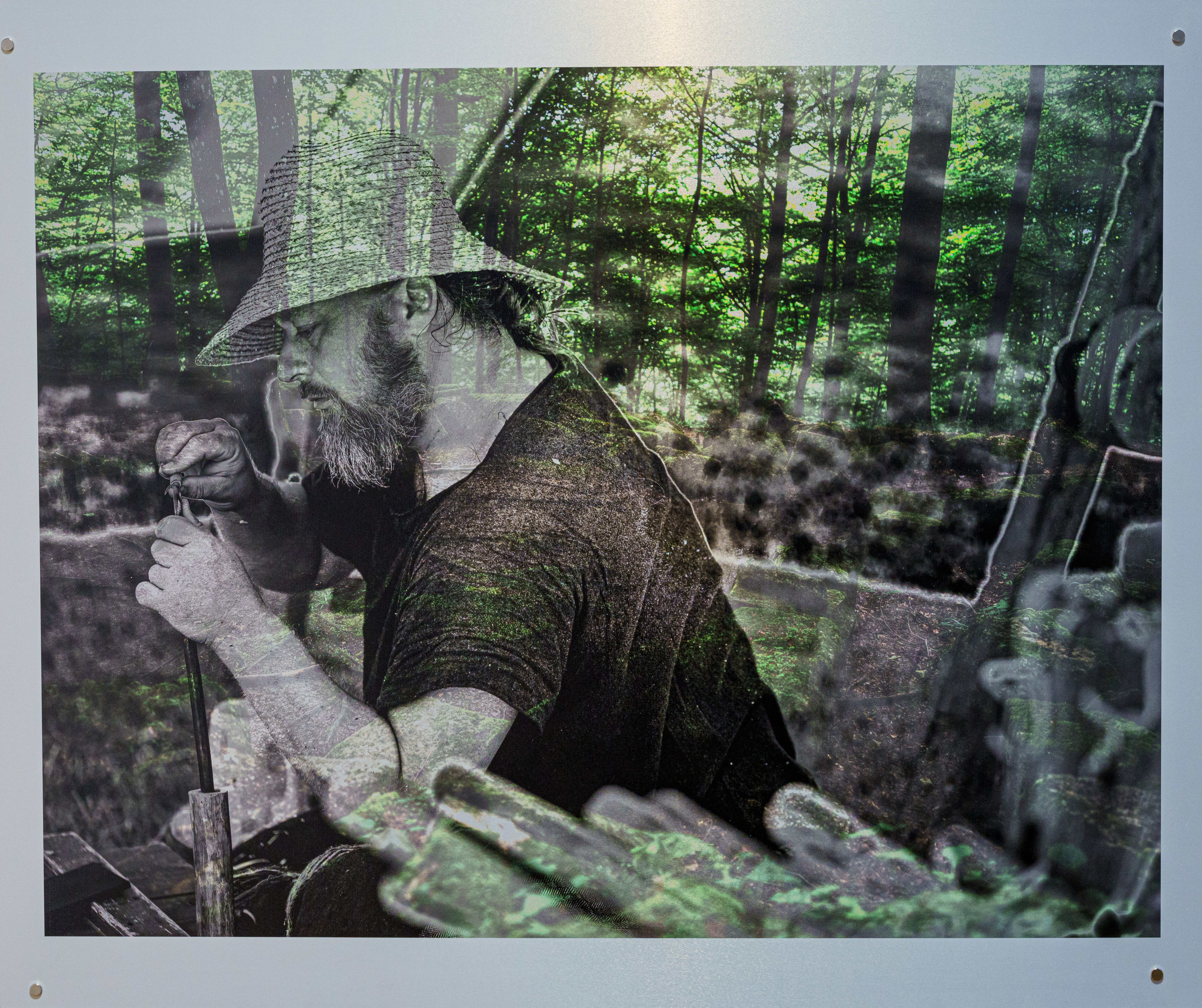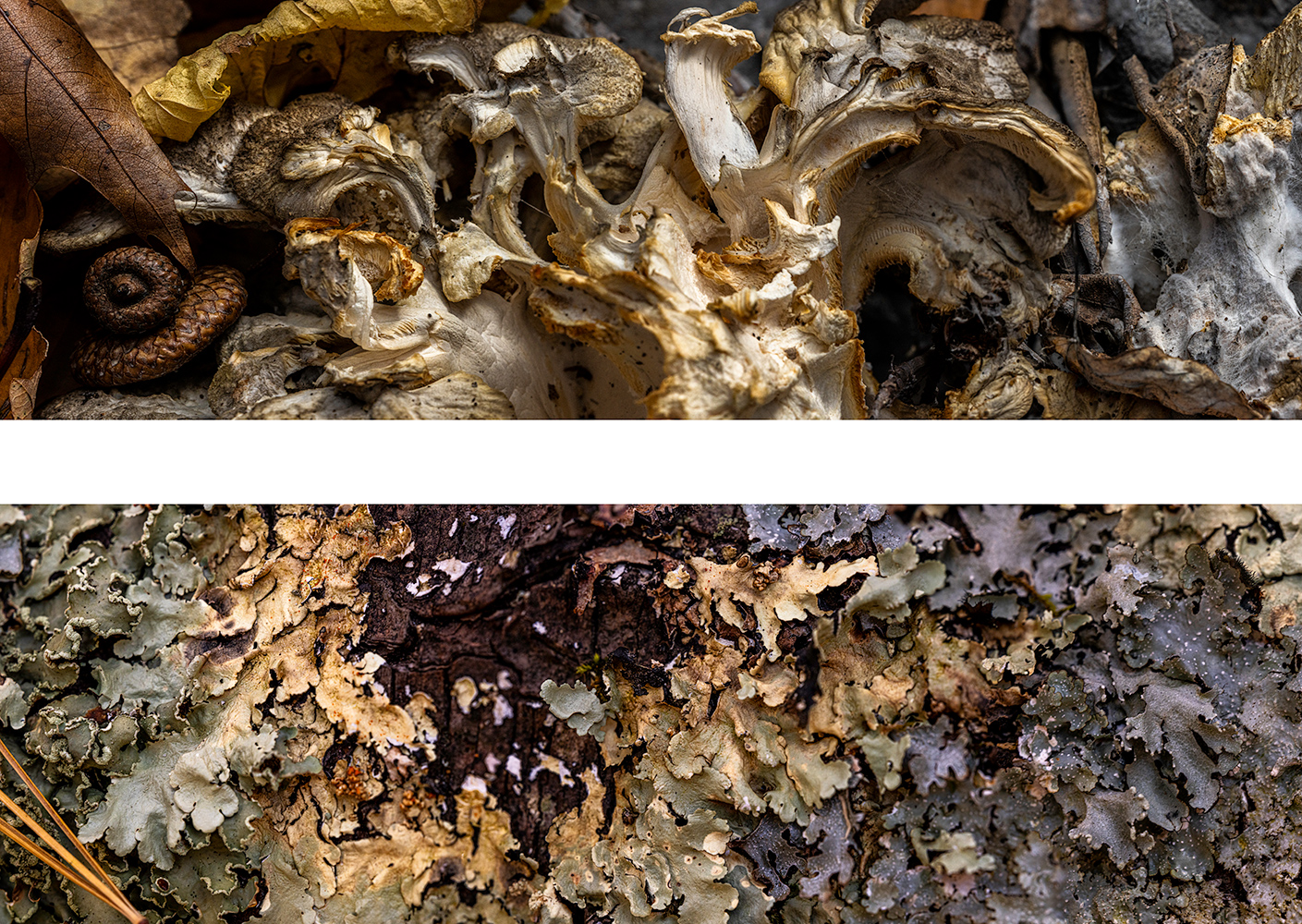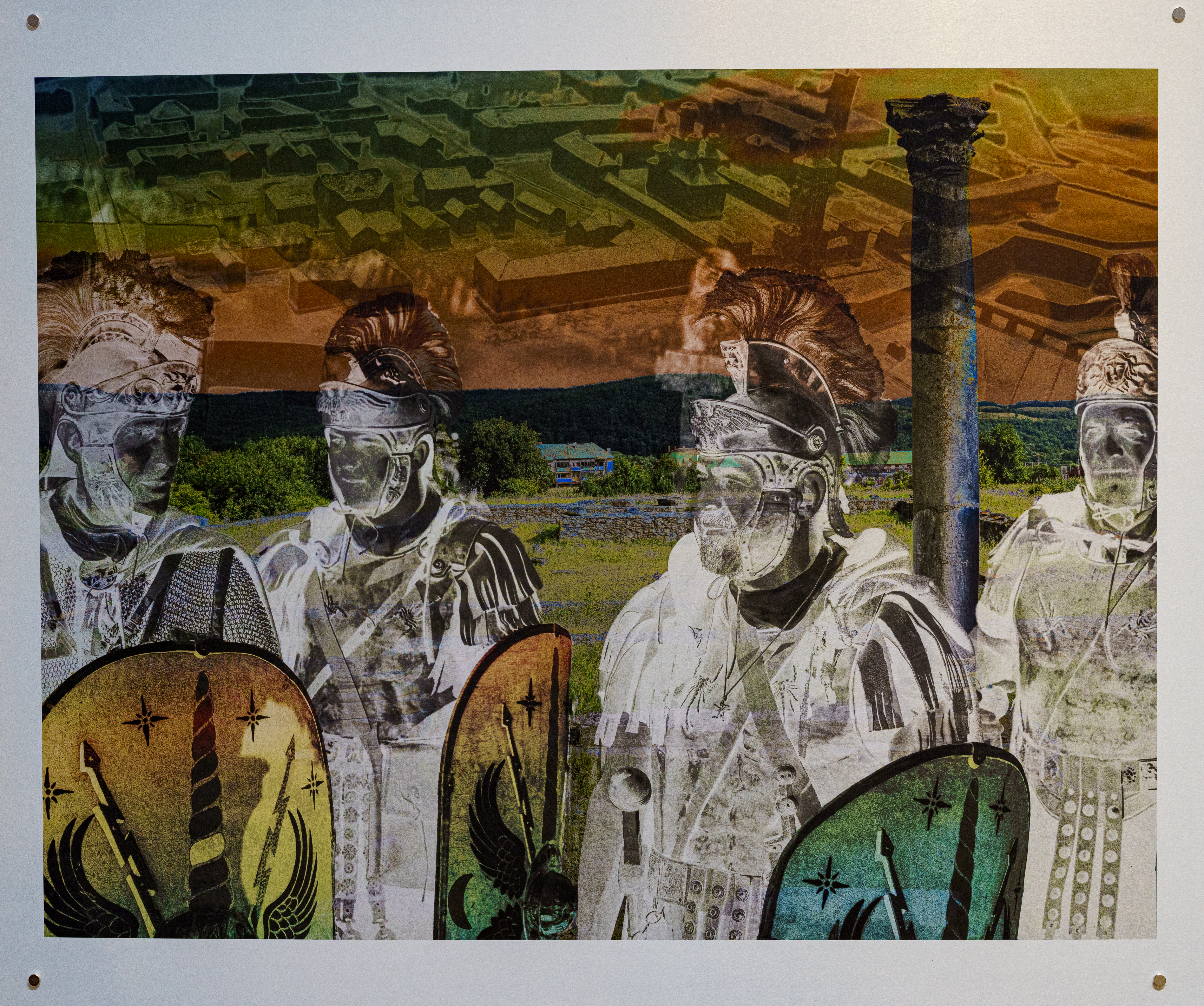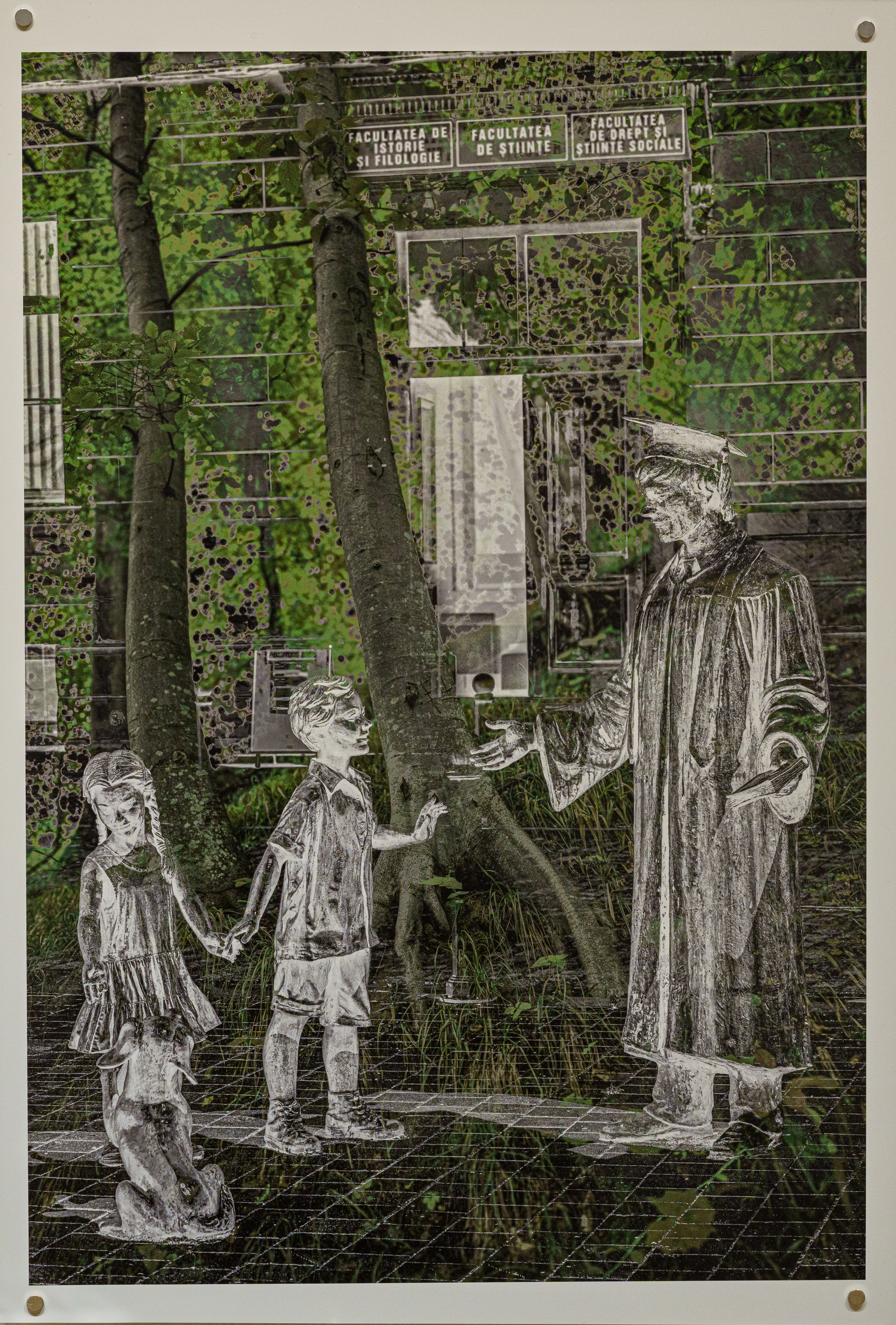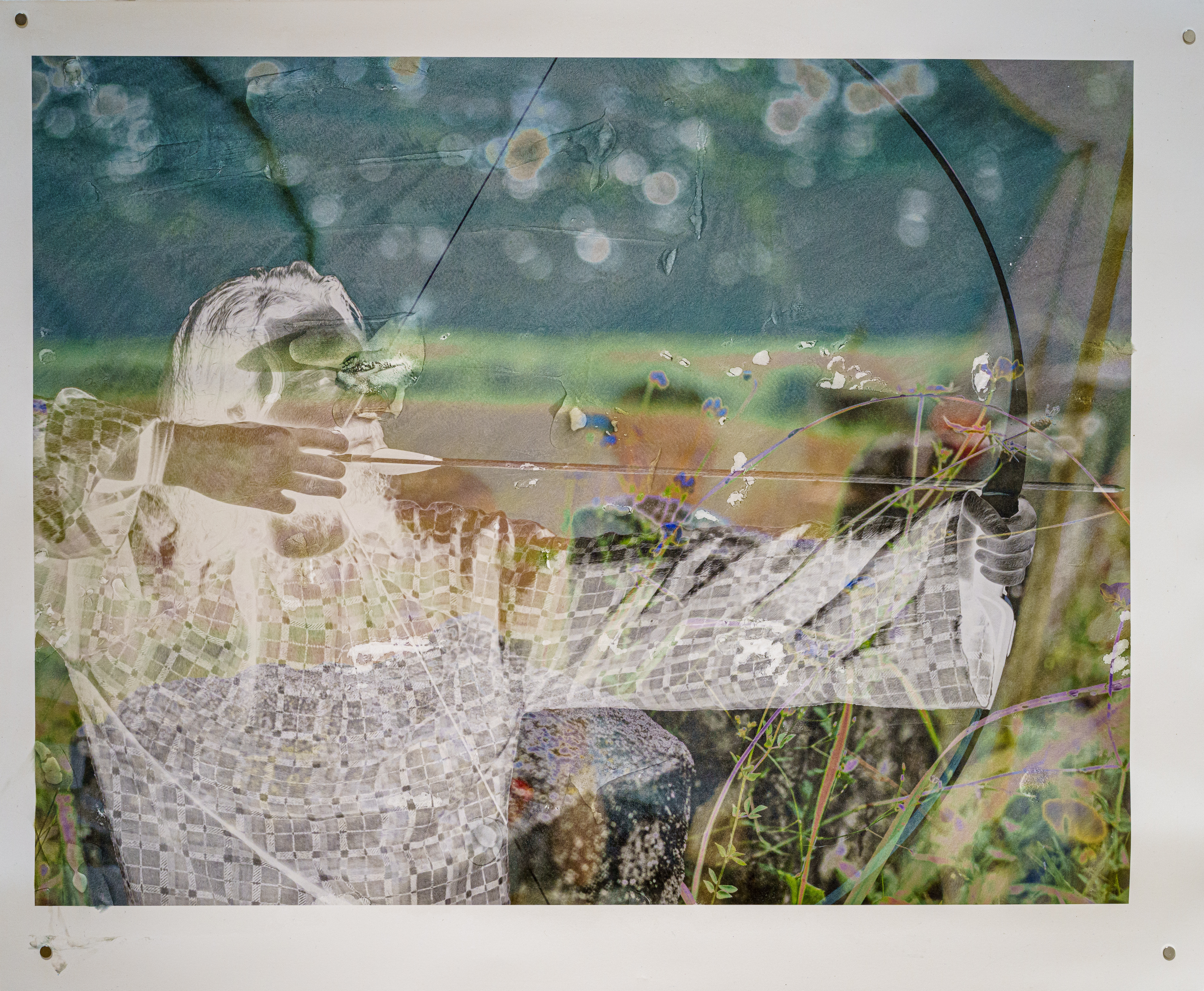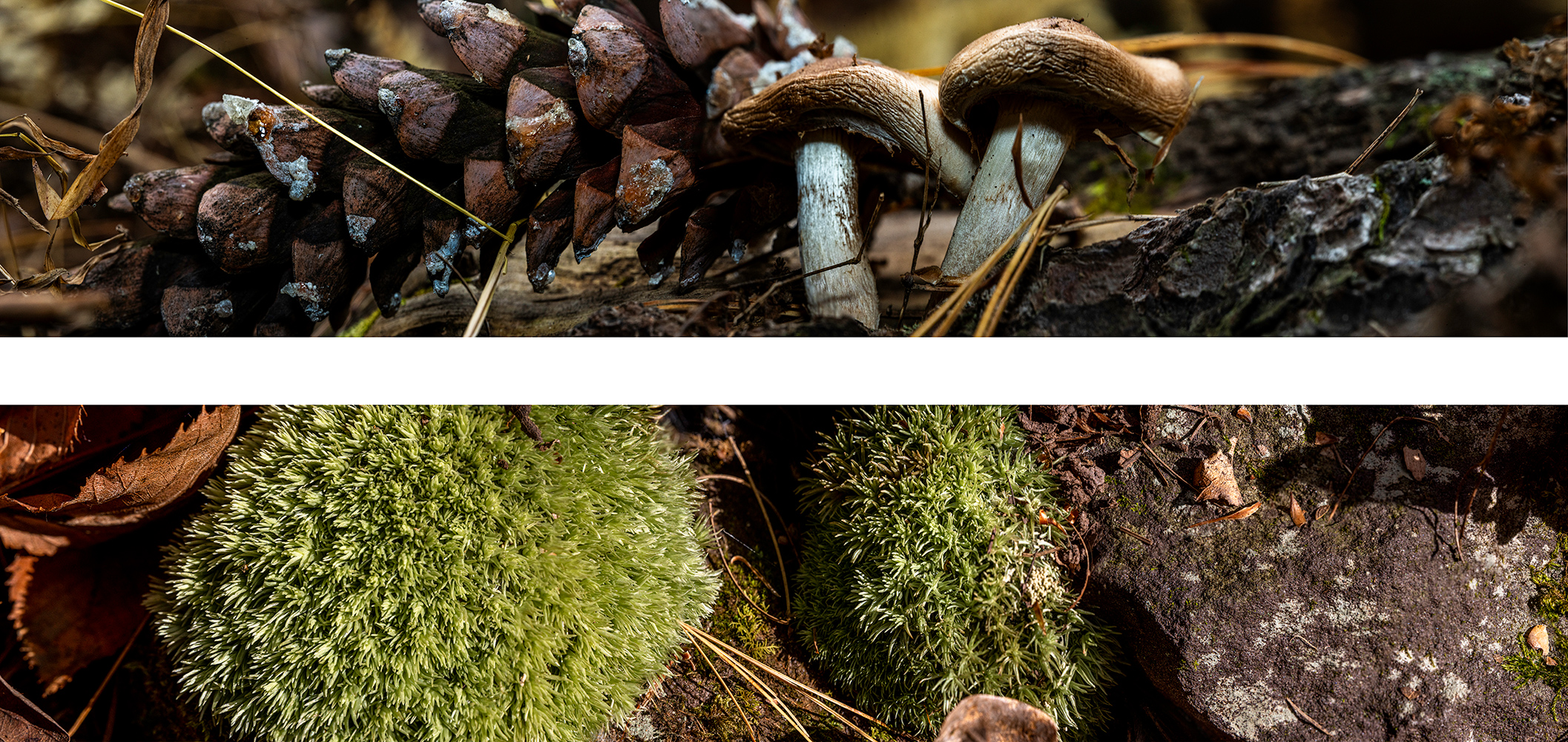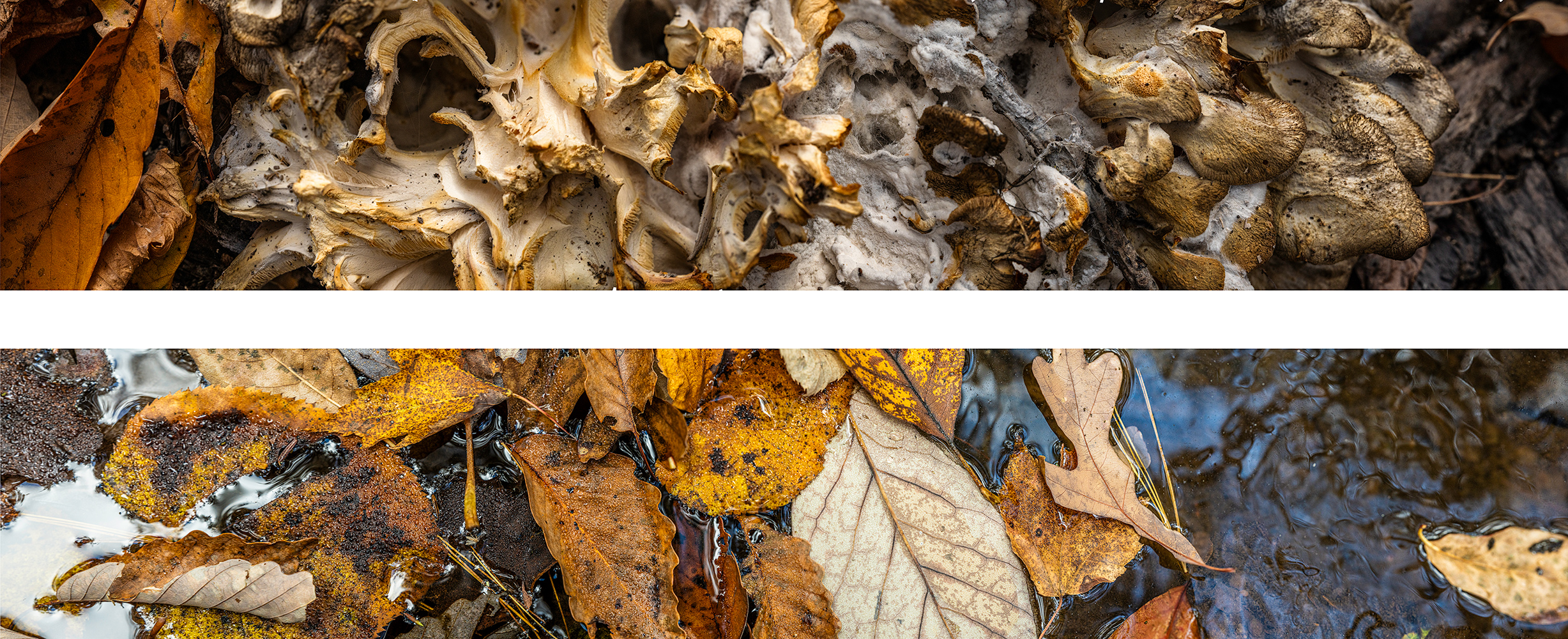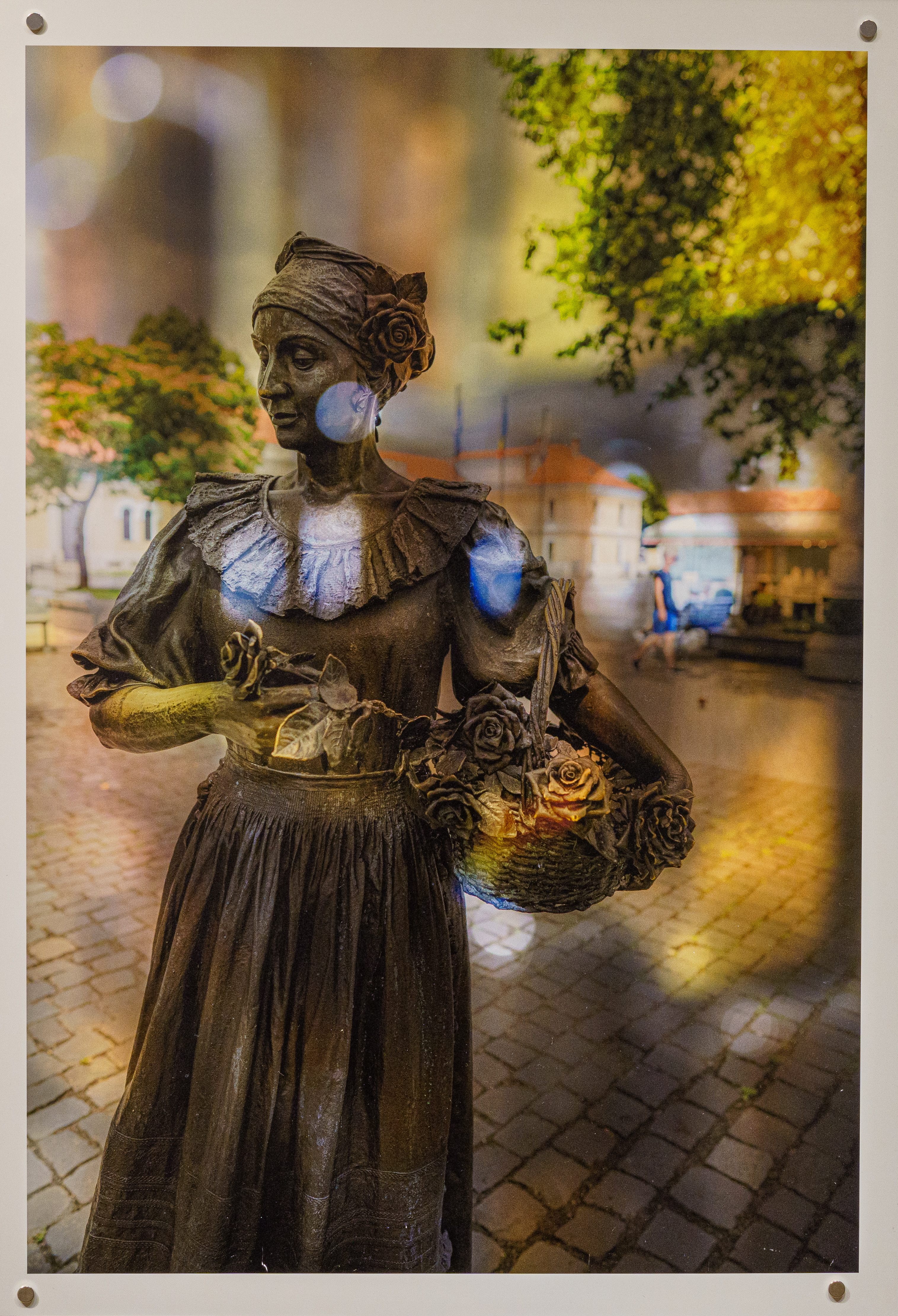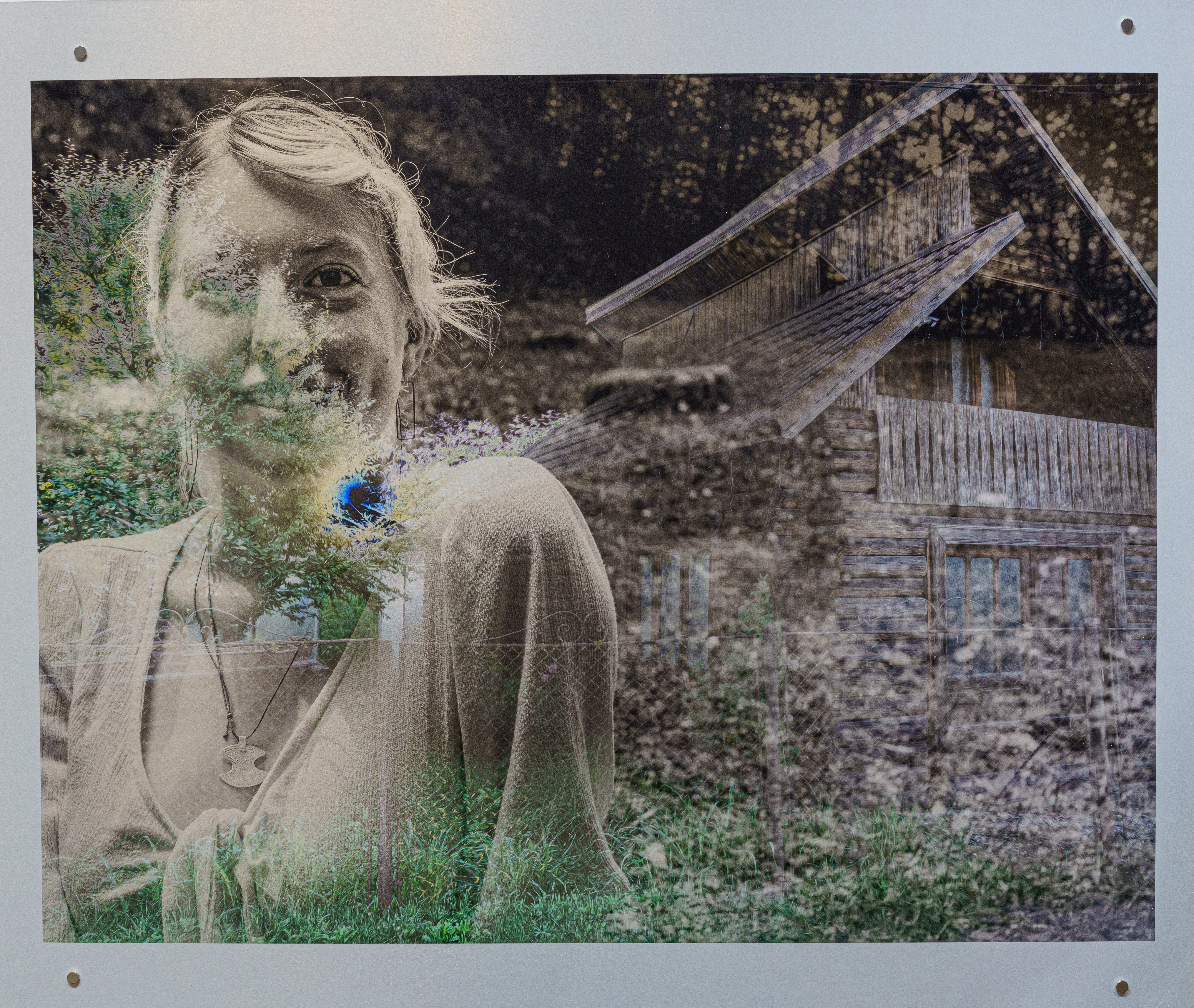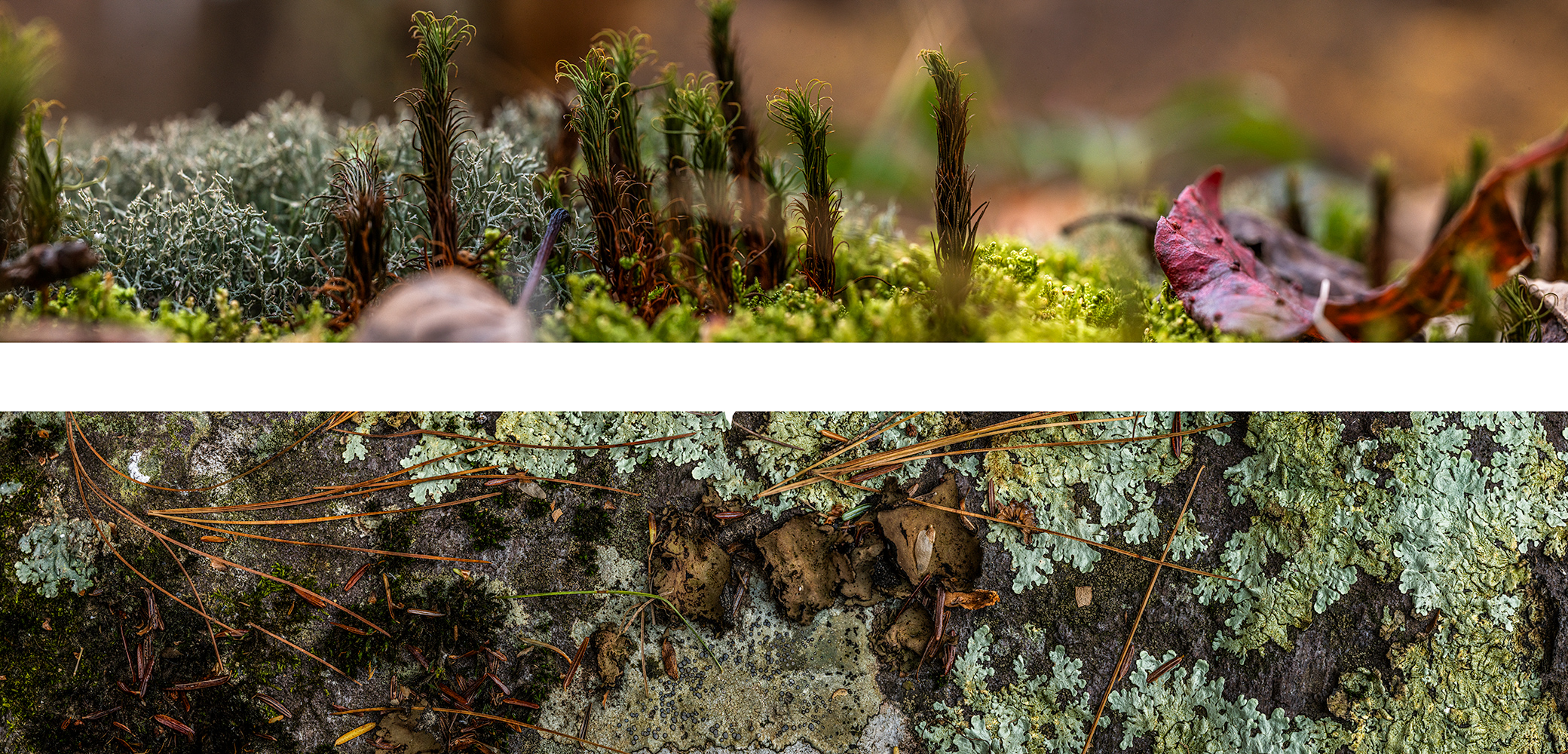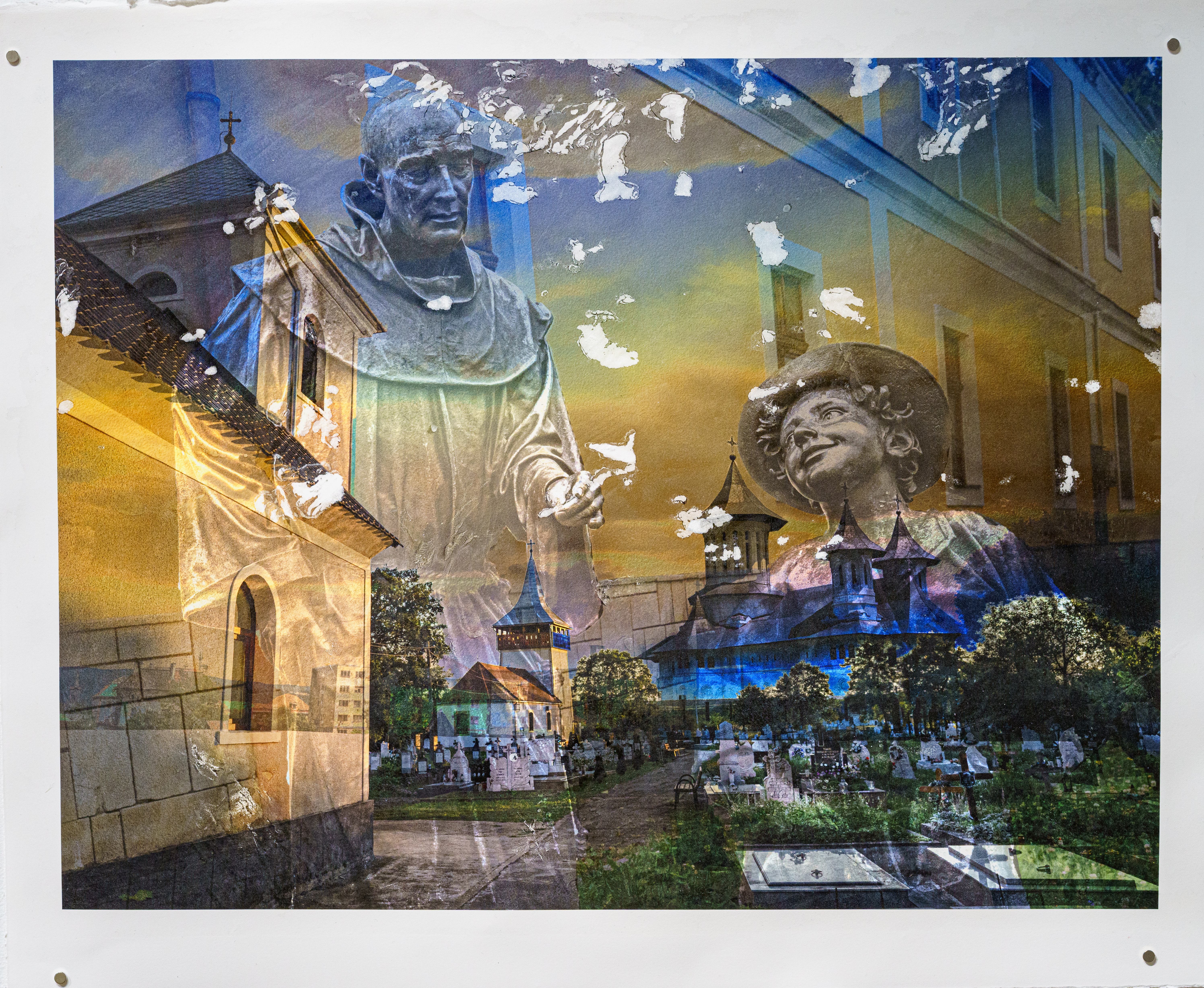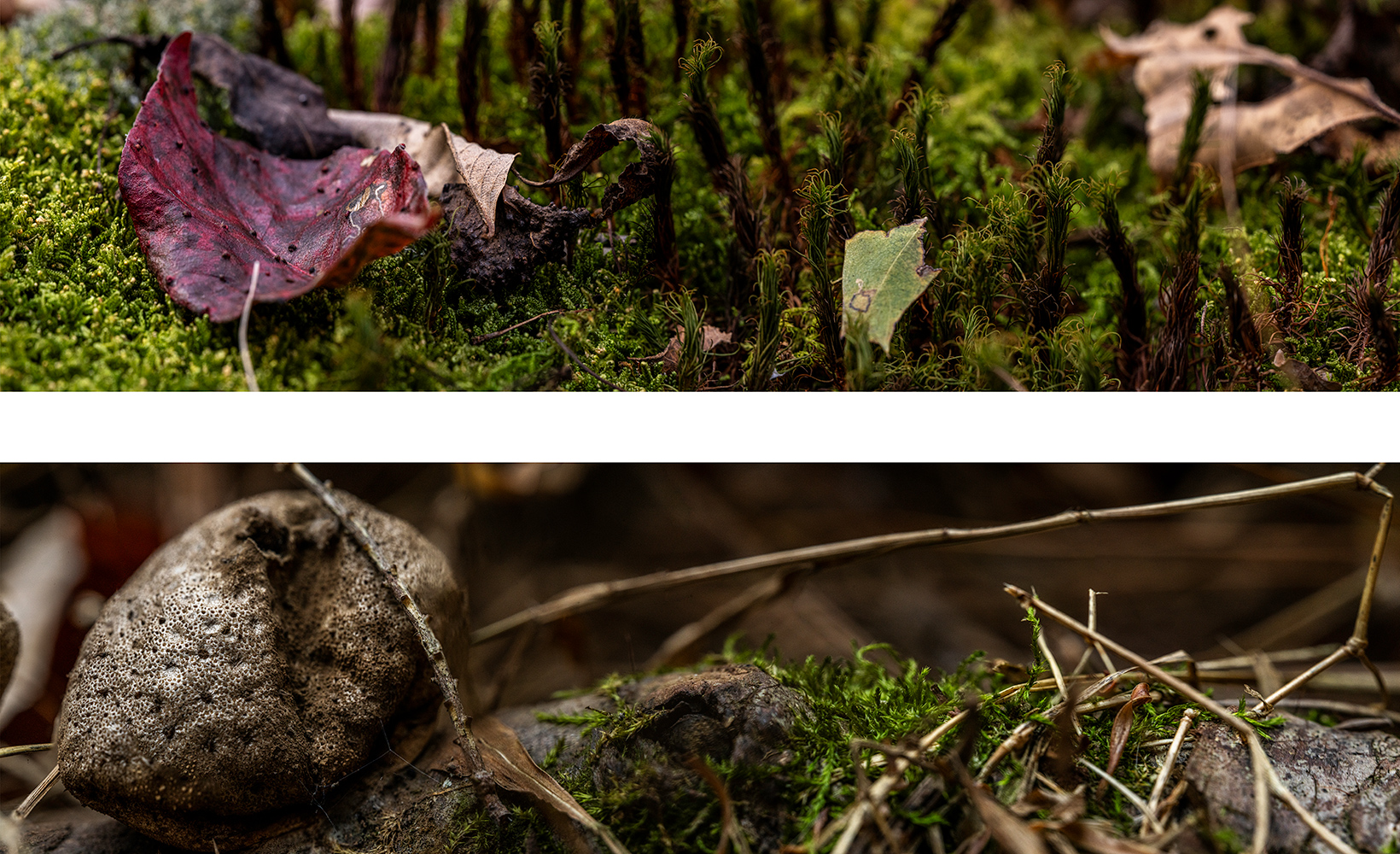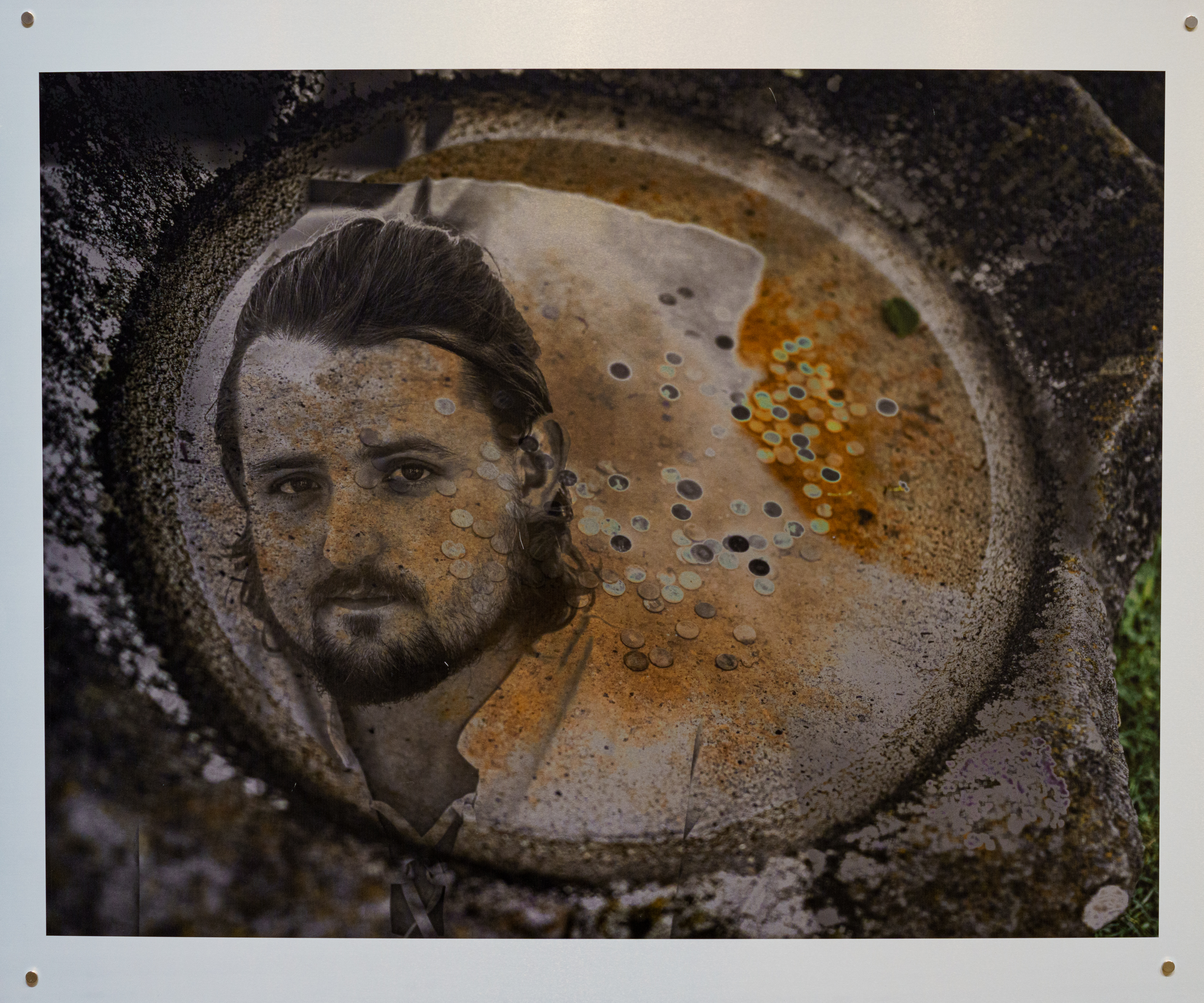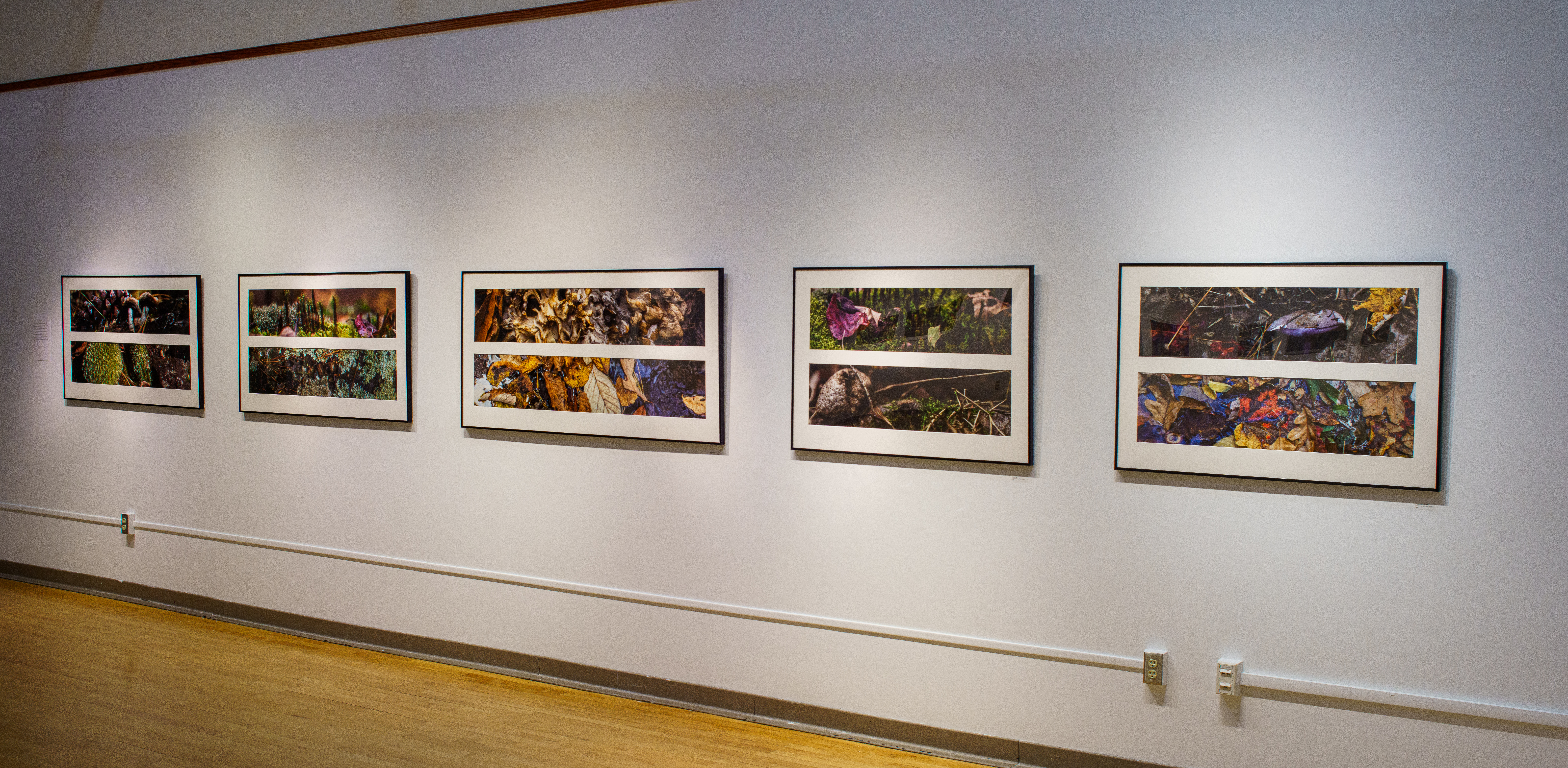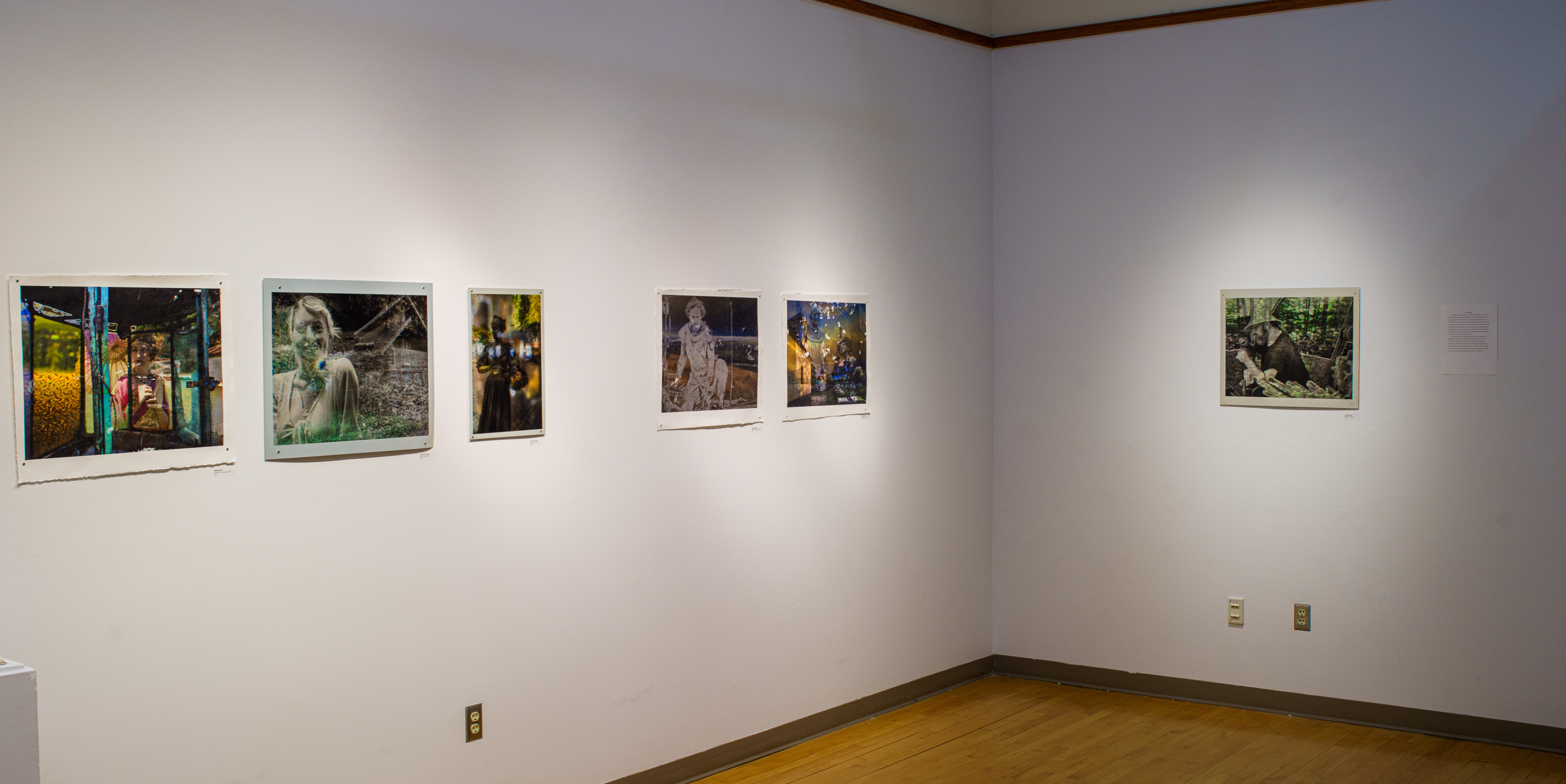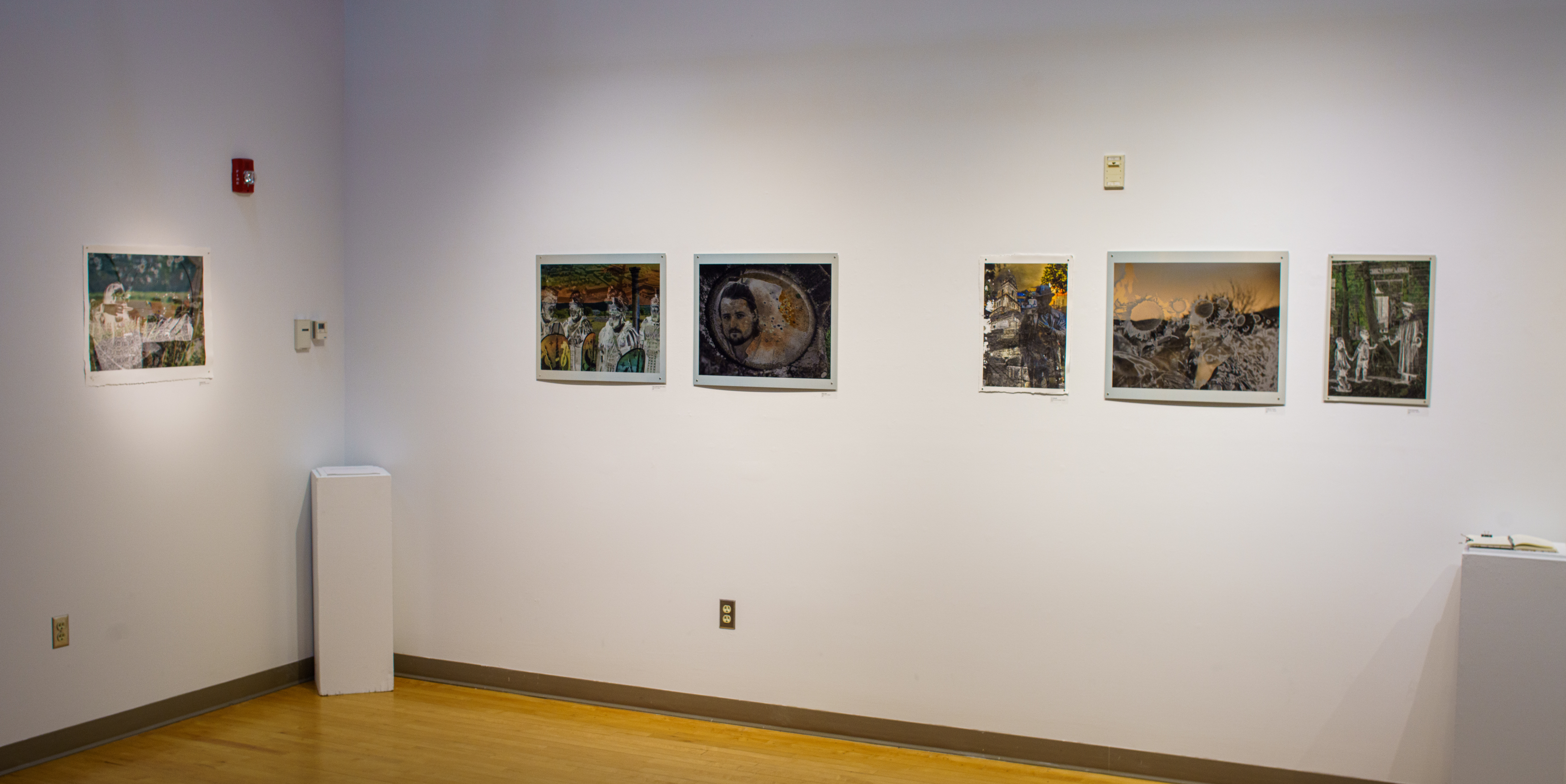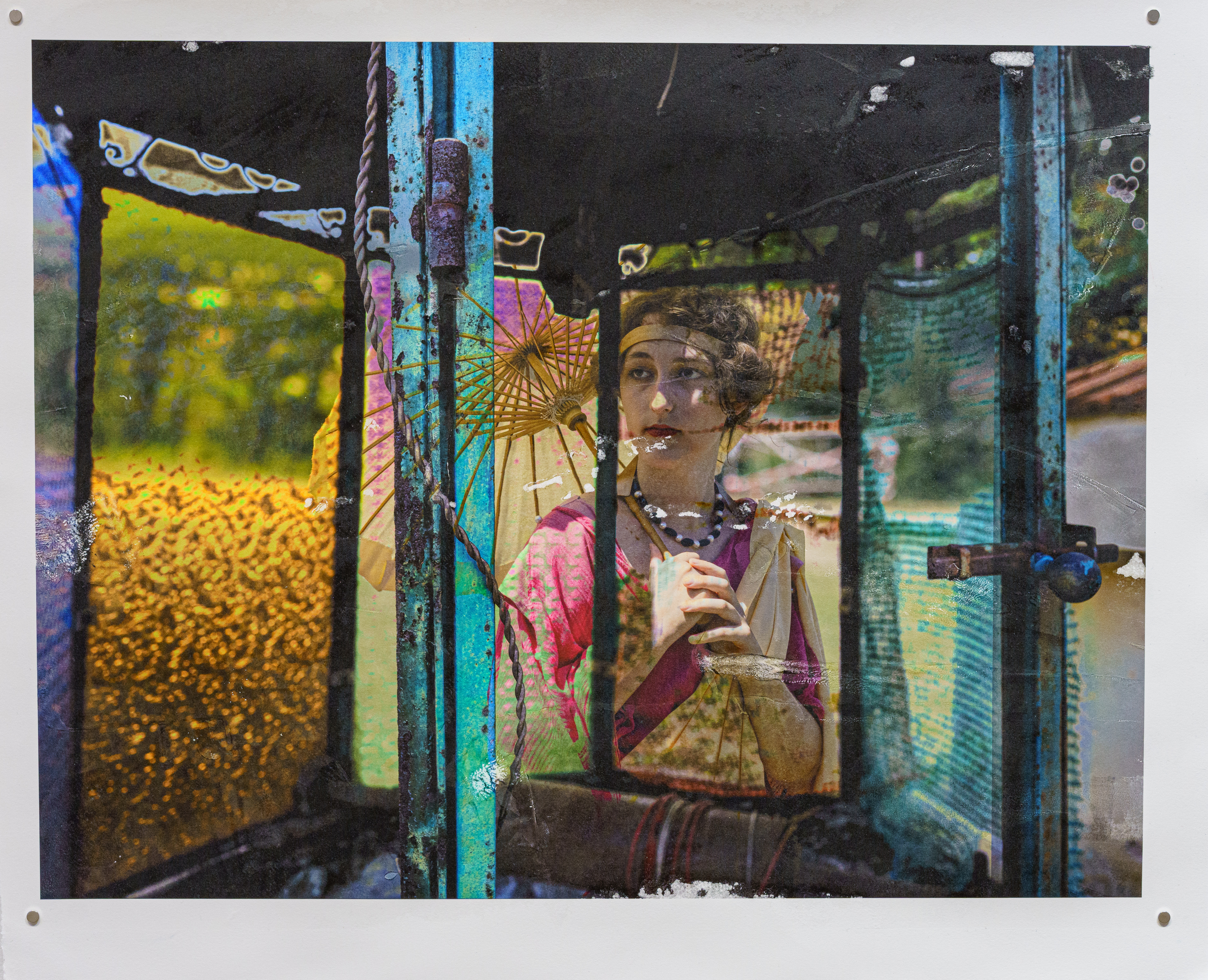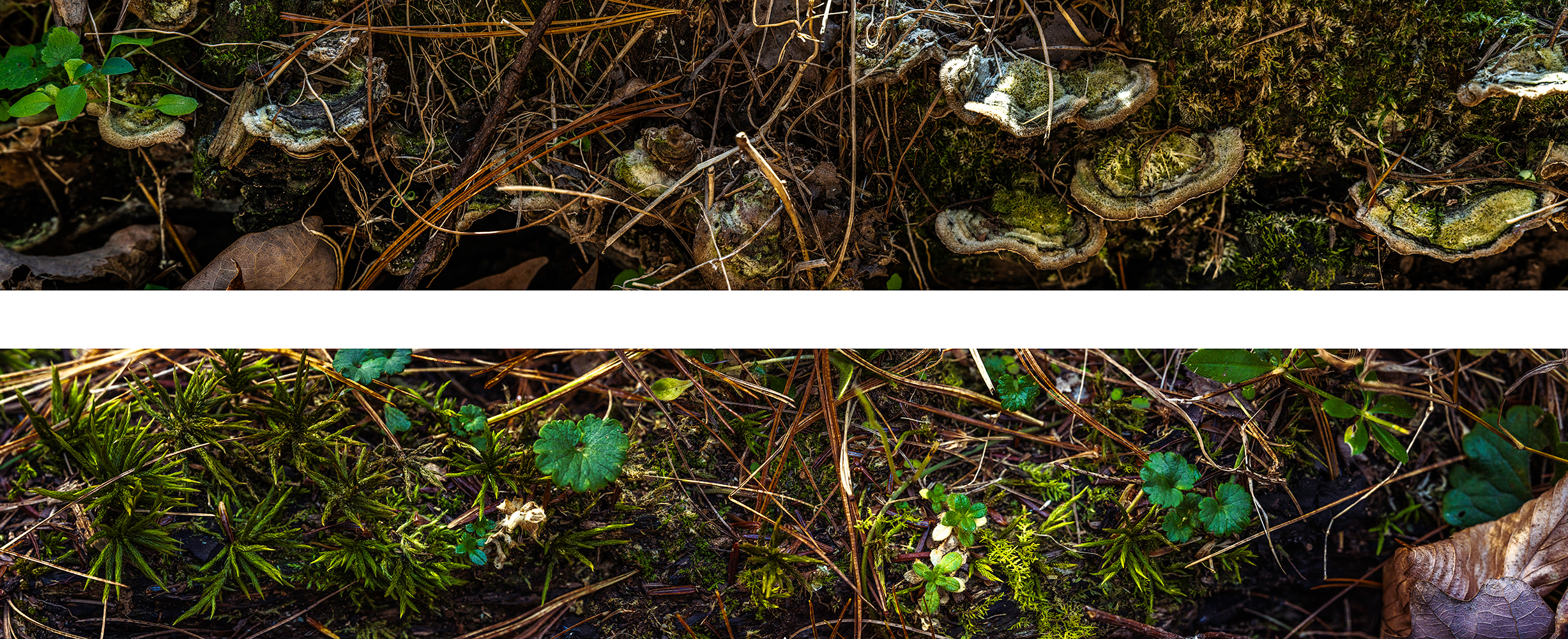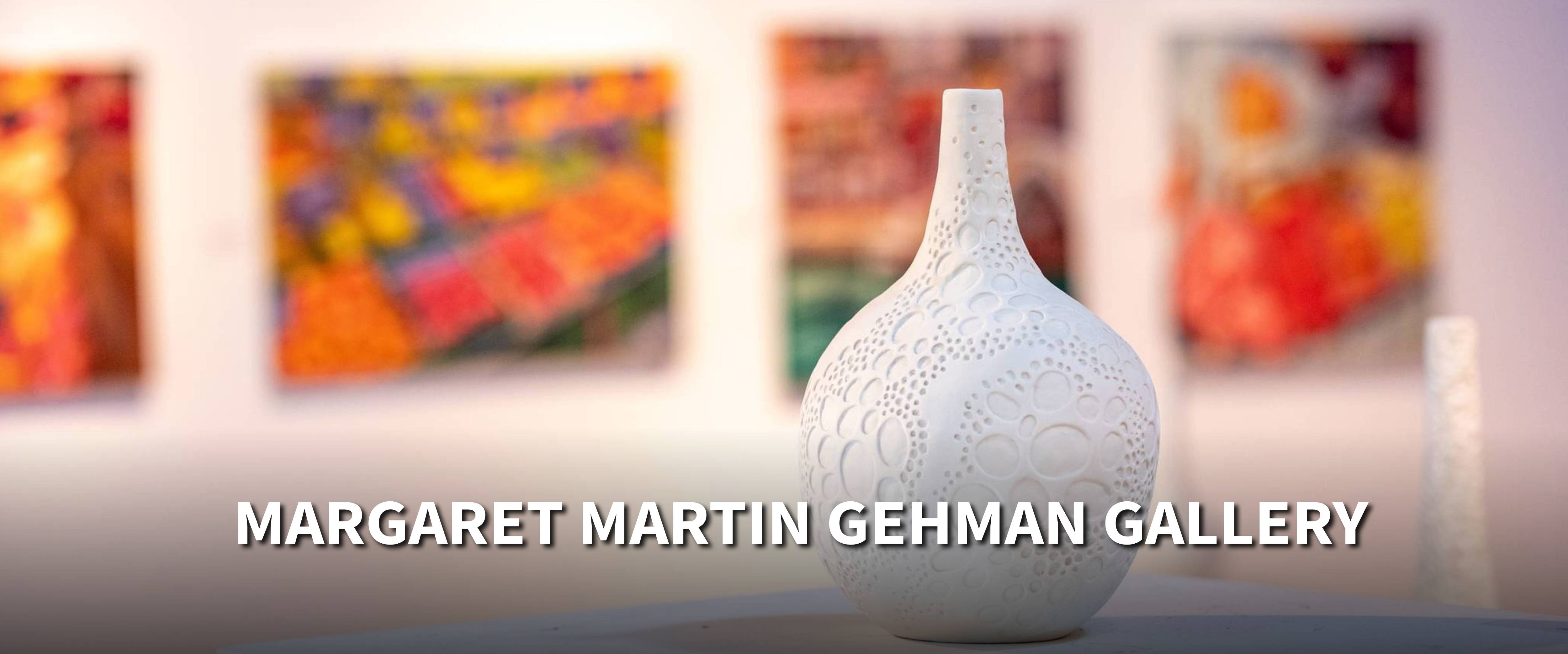

Dacian Dream
I had a dream, it is faint and blurred now, faces blend into backgrounds, a city overtaken by color, people traced on top of peaceful landscapes. Upon reflecting, I realized this wasn’t truly a dream but a blurred memory of a month I spent in Romania literally digging into the past. I excavated “La Vie” (The Vineyard), an ancient Roman Villa, and learned about Dacia, the nation that existed on the land that is now known as Romania. Dacians had a strong spiritual connection with Nature and believed in immortal souls. This culture still exists in the minds of the people, even though the Roman Empire conquered the land, leaving their trace through the architecture preserved in the cities. This unique blending of ancient cultures inspired me to merge my images — evoking a surreal visualization of a mystical nation.
For each piece, I chose two to four images and combined them in Photoshop. I used blending modes, digital solarization, opacity changes, and masks to put the subjects in new contexts. Due to my aphantasia (not being able to visualize thoughts), I created through experimentation, flipping between images to find compositions that worked together. Having no pre-visualization also meant that I never determined a piece as “finished” until I cycled through every option. Each composite upon completion has become a visual companion to the memories of my time in Romania/Dacia, transforming my verbal thoughts into a visible dream.
PanoraMacro
While taking Conservation Photography, I learned how to take macro photos, close-up images of a subject. Later, during Alternative Photo Processes class, I learned how to make panoramas by combining multiple frames into a single image. I then questioned, “what happens when you decide to expand the frame of a macro photo by combining it with the panoramic technique in order to capture more of the surrounding context?” The answer is an image with sharp detail where shape and form compliment the main subject, a “panoramacro”. Each panoramacro consists of at least four continuous images of the subject stitched together in Lightroom. Suddenly, the macro image is no longer an isolated frame but it captures the colors and movement around it. In the case of certain flora, they become more expansive by being able to stretch across the standard framing boundary with surrounding context. Moss and fungi are thus ideal subjects because they often grow in mycorrhizal groupings (fungal networks) interconnected by their roots across wide areas. The panoramacro technique turns moss-covered logs and stones into sweeping texture-scapes.
